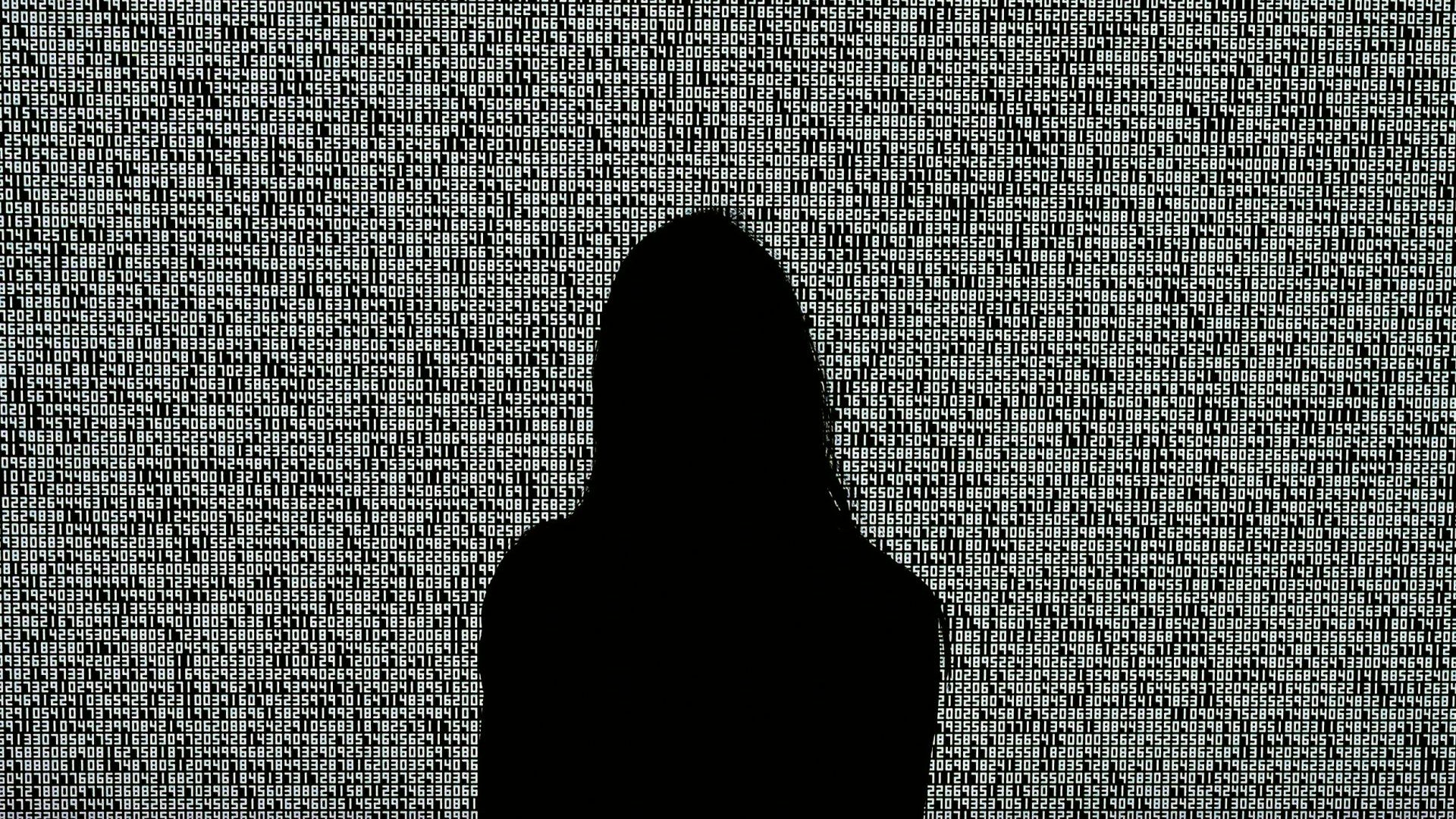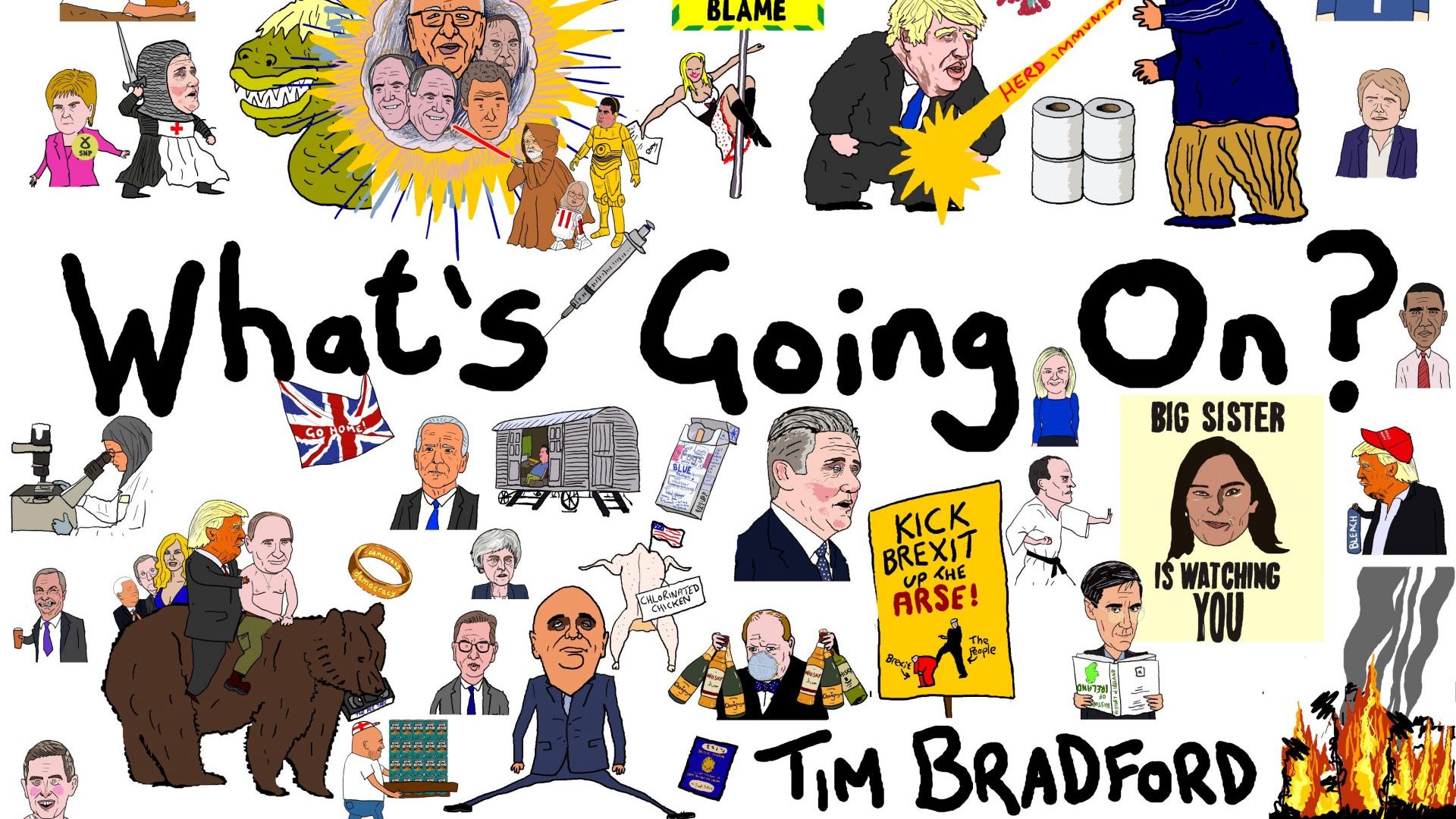The future of art, we are told, is digital – and more specifically, it lies in NFTs. Short for non-fungible tokens (if something is “fungible” it means one doesn’t meaningfully differ from any other – like pound coins, for example).
NFTs put digital art on to the blockchain, allowing creators to make “unique” one-of-a-kind art in the online world, rather than just offline, which advocates say will encourage a new wave of creative innovation and spark a new digital enlightenment.
Fans of the technology include football clubs, John Terry, John Lennon’s son and even the British Museum. But as you might expect of the brainchild of the same tech bros that gave the world Bitcoin and numerous other cryptocurrencies, the reality so far is a little less utopian.
Blockchains are supposed to be decentralised, unalterable records – so if a blockchain says a specific person owns an artwork, that cannot be altered or faked. In theory, this means that proving both ownership and tracing ownership of an artwork back to its creator can be made open and clear – without relying on some big, central trusted body.
The reality is messier. There is nothing practical to stop someone stealing a JPEG or GIF of an artwork they don’t actually own the rights to, turning the artwork into an NFT and selling that NFT. The unwitting idiot who shells out sums often in the tens or hundreds of thousands of dollars for that NFT has in effect bought a piece of paper saying they own something – when legally they absolutely do not.
Other NFTs are outright scams. Some of the most valuable NFTs commonly traded are “bored apes”, a limited run of auto-generated cartoon monkeys, each with a unique combination of features. These trade for hundreds of thousands of dollars each, leading – like with Ty Beanie Babies – to all sorts of knock-offs.
Some of these don’t even make unique art, instead selling a few thousand ripoffs and then disappearing, usually with a few million in profits. But it’s the sales that aren’t the scams that are perhaps the most interesting.
Julian Lennon, for instance, has launched an NFT sale of various items of his father’s, including handwritten song lyrics and items of clothing. Buying one of those NFTs, though, doesn’t give you the actual item, or even the right to actually see the real-world item in public. Instead, you just own an online picture of it, with a certificate saying you actually shelled out real-world cash for it.
John Terry’s efforts to launch NFTs have similarly shown the hazards facing would-be buyers – as Chelsea and the Premier League quickly let it be known that the former footballer’s range of products included commercial imagery he had no rights to use. Terry was forced to quickly alter the images he had created, to (for example) remove an image of the Premier League trophy from one.
Given that NFTs are supposed to be decentralised and permanent, the very fact of him changing them to remove the offending material somewhat undermined their supposed unique selling point, prompting Athletic writer Joey D’Urso to quip on Twitter: “I think John Terry might have accidentally broken the concept of an NFT”.
The award for the most ill-judged NFT, though, must surely go to the French surgeon who created an NFT of an X-ray scan of the broken limb of one of his patients – specifically a survivor of the 2015 terrorist attack on the Bataclan in Paris – without bothering to get the patient’s consent first. Needless to say, the NFT was pulled and the surgeon faces both disciplinary and police action.
The fundamental issue for NFTs and their buyers is that they are a bid to create scarcity where none exists.
If you see an image on the internet, you can simply right-click it and save a copy – with no one else losing access to the picture as a result. You might not have the rights to use it publicly, but you can easily make a copy.
You can right-click and save a copy of any image with an NFT – so it’s really only the blockchain note of ownership that’s new. Because these are such attractive targets for hackers and thieves at the moment, savvy NFT buyers immediately put the NFT in a hardware wallet (in effect a fancy USB stick) and lock it in a drawer or safe. They then use a JPEG of whatever they’ve just bought – exactly like everyone else.
Where there is some actual benefit to having an NFT, it’s usually at the whim of a particular company. If you link your NFT wallet to Twitter, you can use your NFT as your Twitter avatar, and it will show in a hexagon rather than the usual circle.
Lest you were thinking that was easily worth thousands to you, wags quickly noted that you could just do the usual right-click-and-save trick, and made easy templates to trim circular profile photos to imitate the hexagonal shape.
So much for that, then.
Dismally, the fans of NFTs might be right about the future of art: high-market art auction houses – who have always had more of an eye on profit than their rarefied image might suggest – are already in on the NFT act, and if enough sufficiently rich people decide something is fashion, or is art, then it rapidly becomes so.
If NFTs are the future of art, then the future of art is automatically generated cartoon apes, virtual football merchandise, and widespread grift. If art is supposed to be representative of the era and the society that generates it, then it is perhaps exactly what we deserve.




